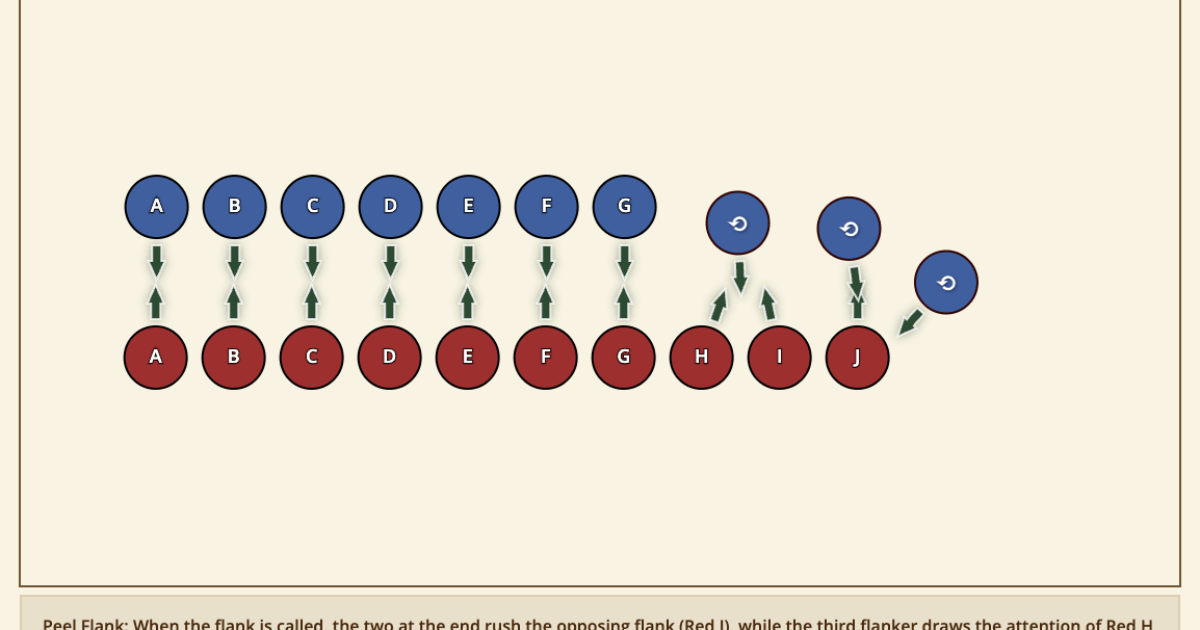The Shadow is a recent addition to the melee army, but if implemented well, an effective Shadow will have an impact on the melee field. In essence, a Shadow’s role is to neutralize or at least reduce an opponent’s effectiveness on the field. This can be infuriating, but the results cannot be ignored. A wise commander will understand when and how to implement a Shadow even though they may not be present in every melee.
Points of safety
Being a Shadow puts you in direct confrontation with another fencer. Your entire purpose is to remove them from the fight. This can be very upsetting for the one being Shadowed and hard feelings can form. As you practice Shadowing, consider your fellow fencer’s experience while you try to follow your commander’s orders.
- Don’t Make It Personal: You are attempting to neutralize a specific opponent. Not torment them. Don’t be a jerk.
- Don’t Take It Personally: Your target may get annoyed or angry. They may not like what you’re doing. Don’t take their frustrations personally.
General Points
A good Shadow is someone who can remain focused on the task at hand through the entire scenario. You have one mission and must stay ever vigilant in case your mark pulls every trick to shake you off. The principles of Shadowing are easy to understand but can be difficult to master. Take full advantage of every chance you get to Shadow.
- Stay Alive: You cannot neutralize your opponent if you are dead. Whatever they do, don’t let them kill you.
- Stay Close: They will attempt to get away from you. Follow them while staying out of their range but not so far that they can do whatever they want.
- Make Them Pay: If they ignore you, make them pay and remind them that they need to pay attention to you. Make yourself a threat.
- Stay Alert: There is still a melee going on. Your shadowing should still facilitate the melee goal.
- It Shouldn’t Be an Even Trade: Since both teams “lose” a fighter when incorporating a Shadow into the army, the ideal situation is a less experienced fencer shadowing a more experienced fencer.
Training Ideas
- Talk to a Shadow: Search through the group and discuss with others who have had opportunities to Shadow. Try to understand what they think about and how they approach the challenge.
- Watch a Shadow: Sit on the sidelines and watch a Shadow work. Pay attention to where they go and what they do on the field. Pick out moments where they neutralize their opponent or perhaps where their target gets away.
- Be Shadowed: In a melee, have someone Shadow you. Experience the tactic from the other side so you can better understand what works and what doesn’t.
Assessment
What we want to see from fencers who are training to be Shadows are those willing to dedicate themselves to the task and serve their team. There is little glory in being a Shadow and it can be a tough job. We hope fencers will take on this role with pride and excitement so they can put all of their effort into neutralizing their opponent. Because it doesn’t come up very often on the melee field, it does require an extra effort to retain the lessons learned between melees. This should be something that is thought about and studied.
What’s NEXT?
- Suggested Next Lesson: One on Two Tactics and Parts of an Army: Harrier ties in very well into being a Shadow. You could also study Advanced Tactics to know how to effectively incorporate a Shadow into your melee strategies.
- Activities to Try: Consider what it would take to Shadow different fencers. How might your approach change if you were sent to shadow one fencer over another?
- Conversations To Have: Talk with other fencers, especially commanders, on how Shadows can play into melees. When is it appropriate or effective? What works and what doesn’t? Any tips?

